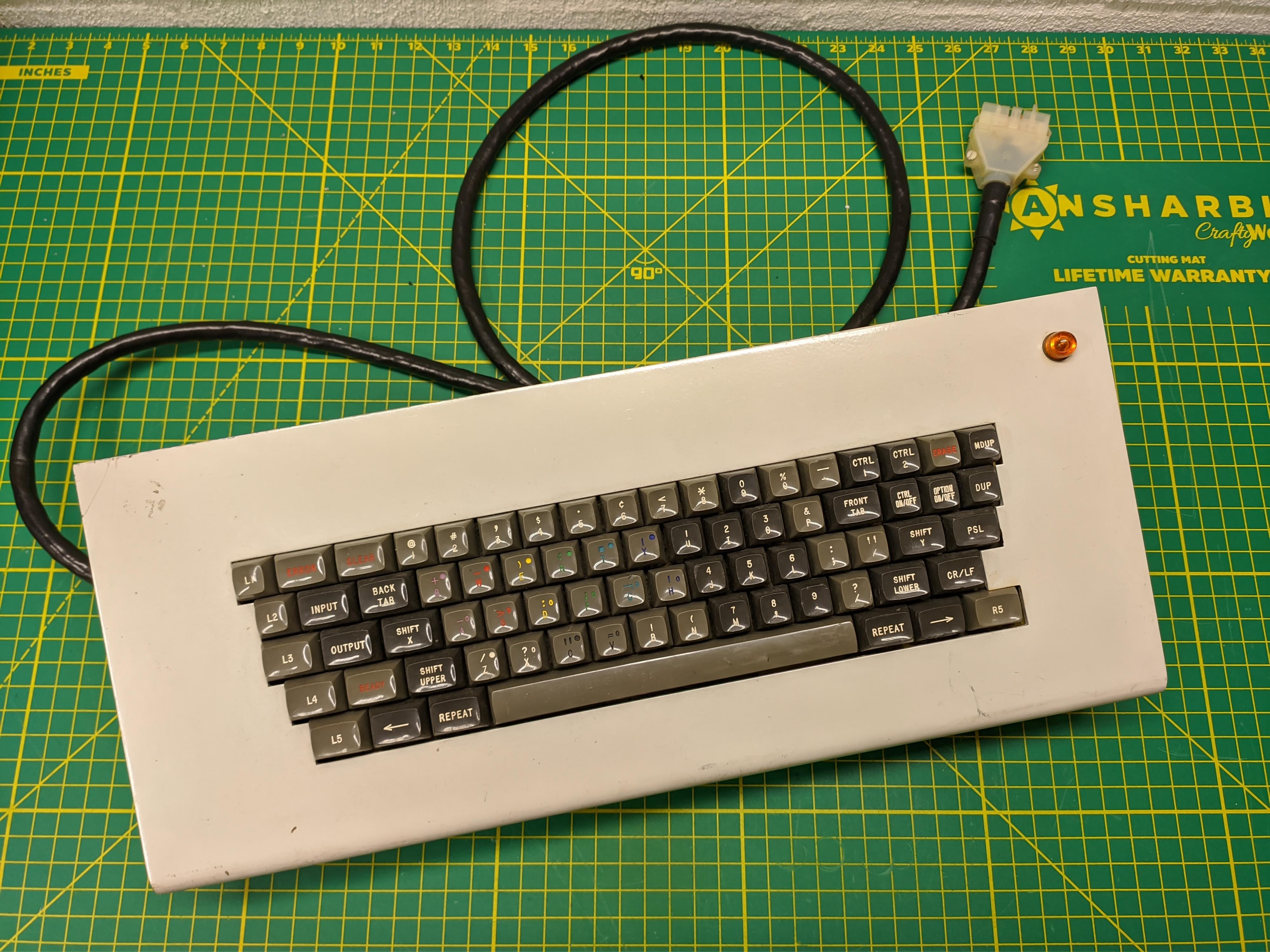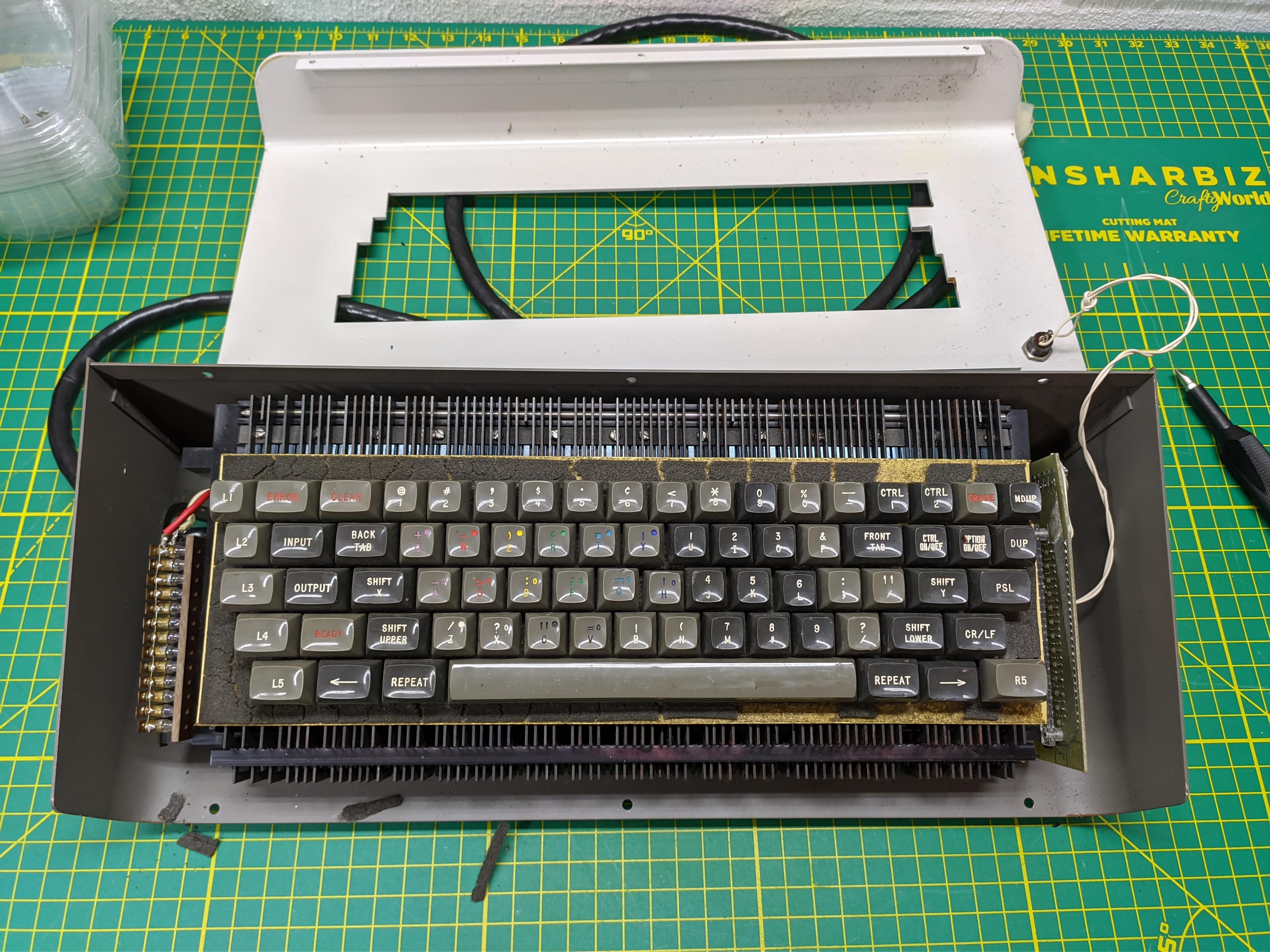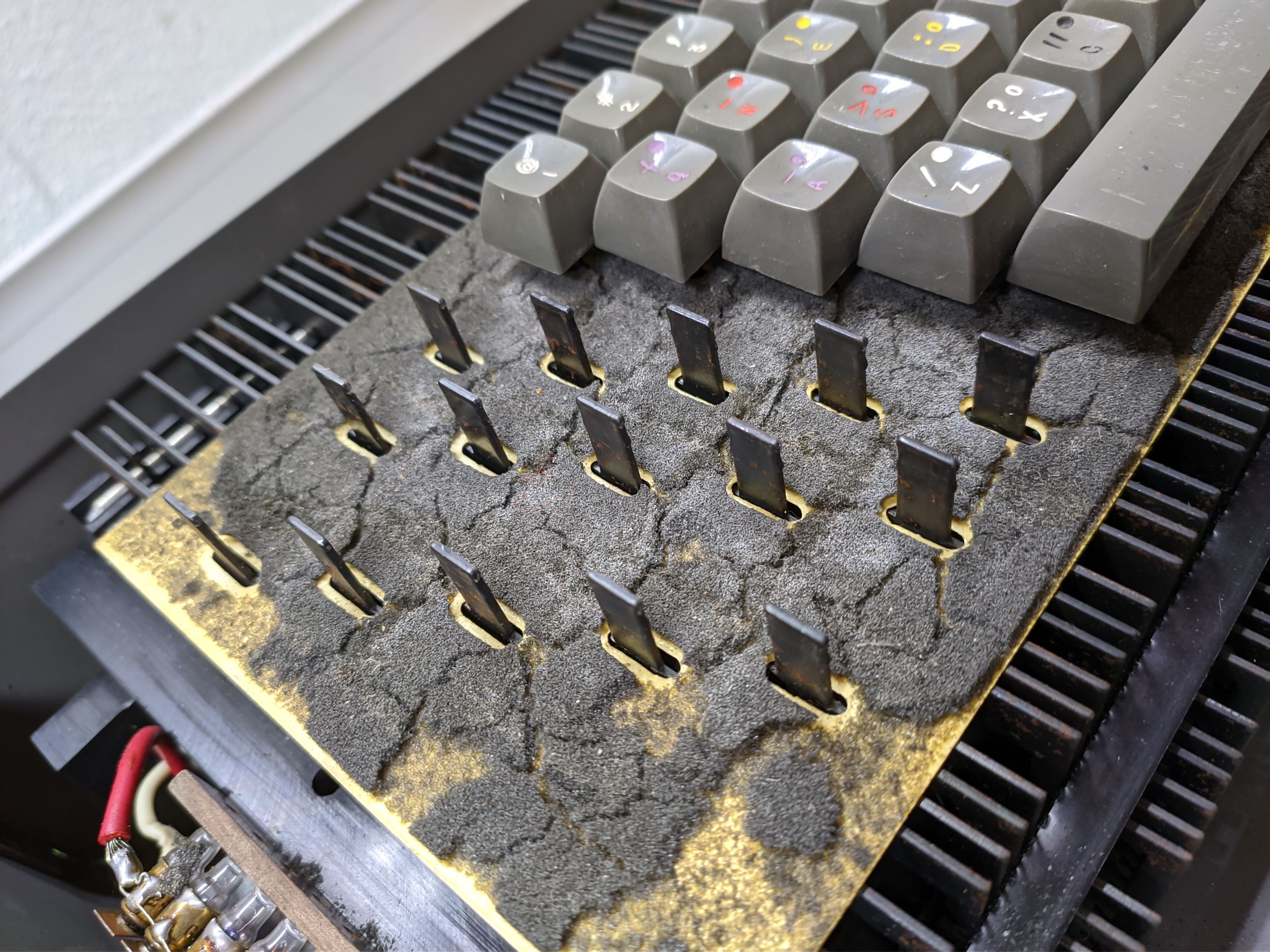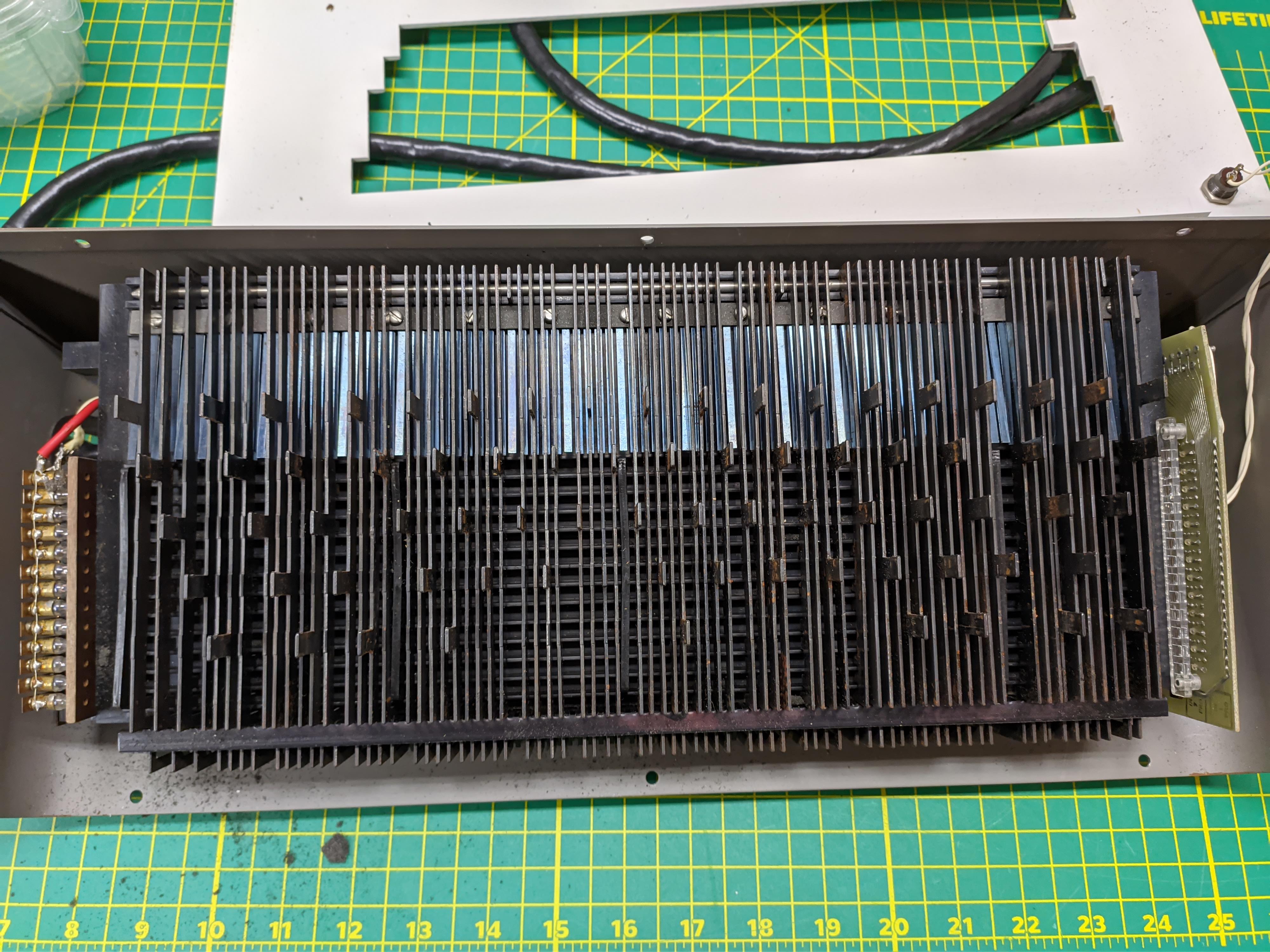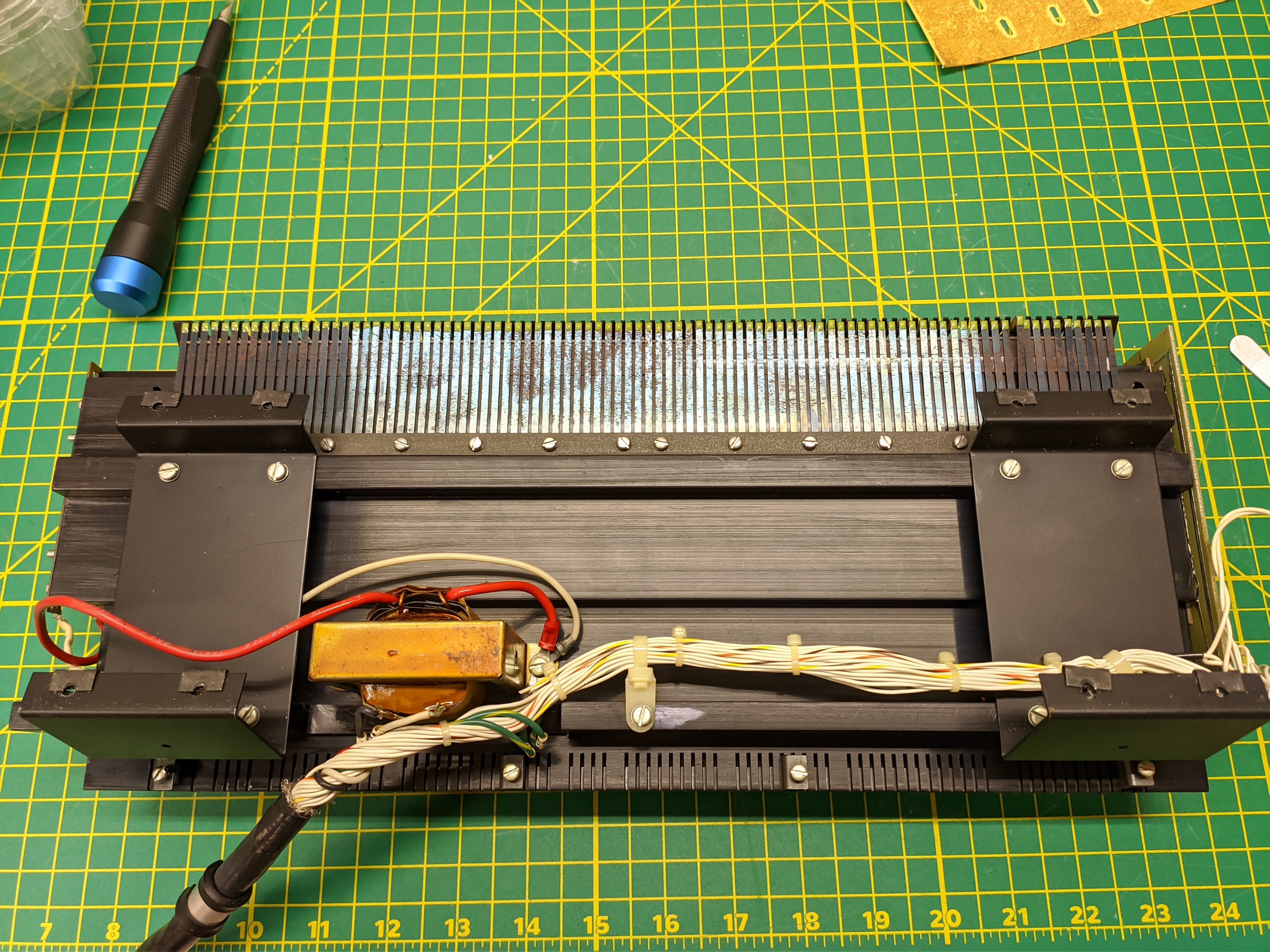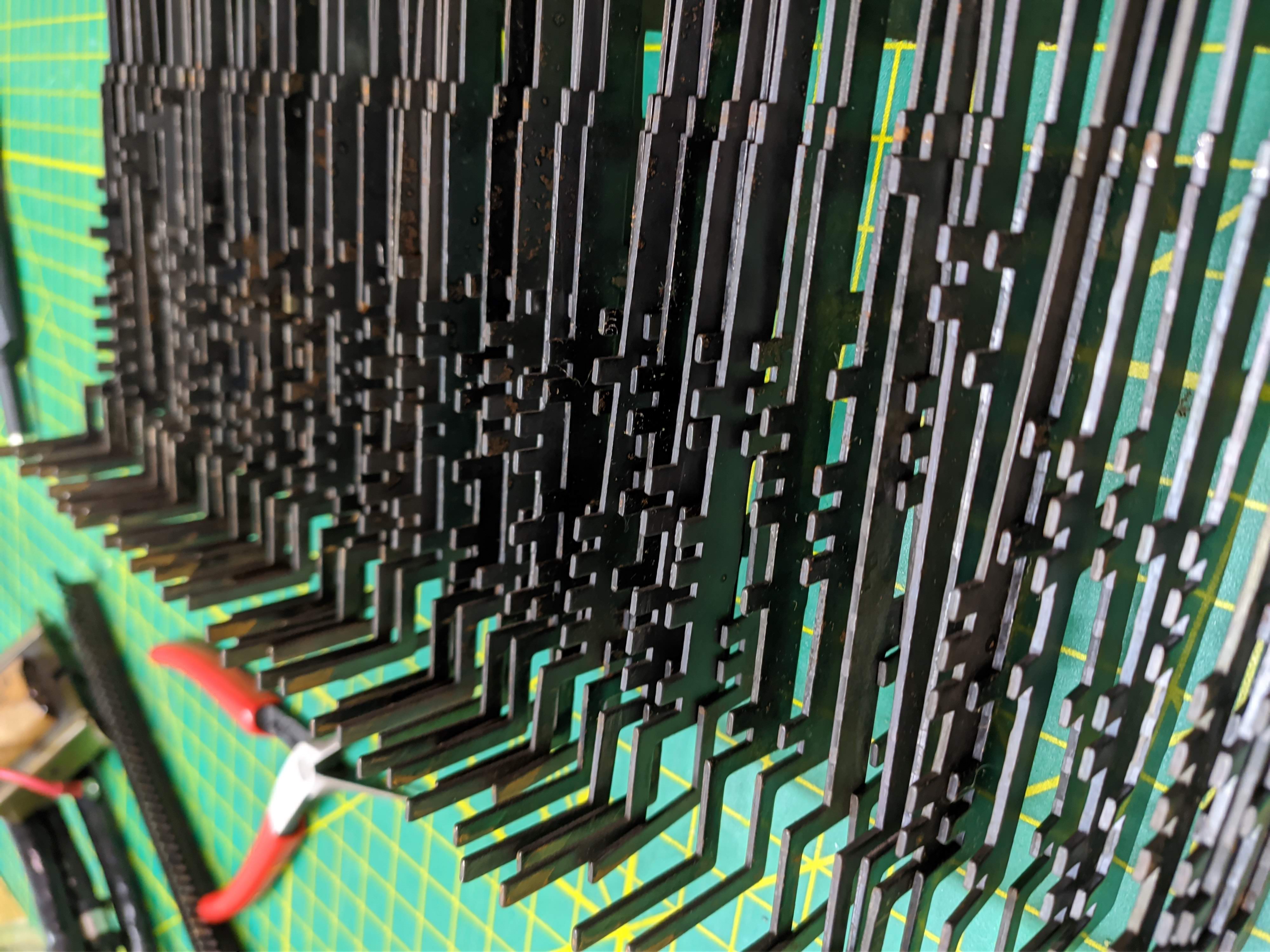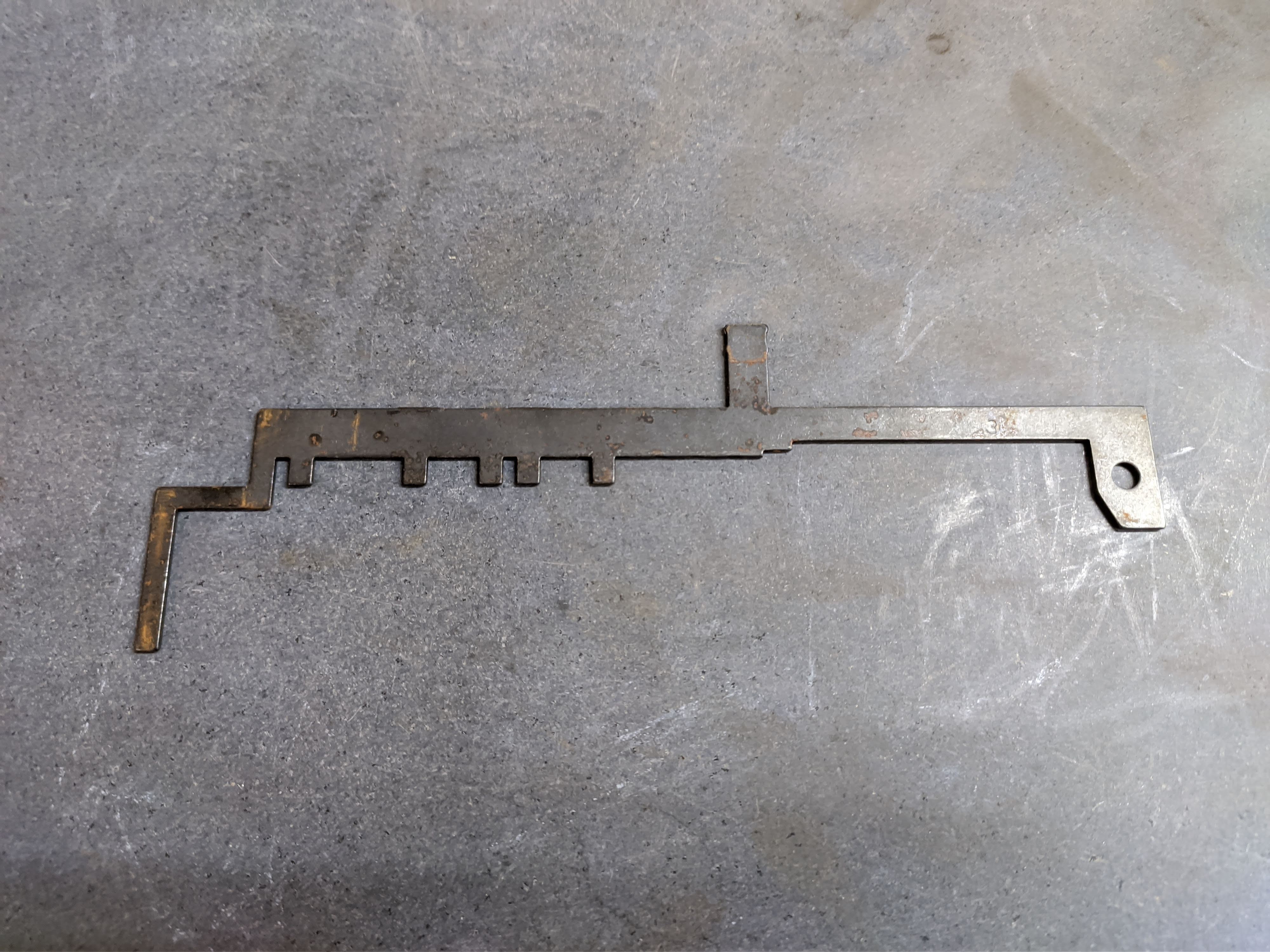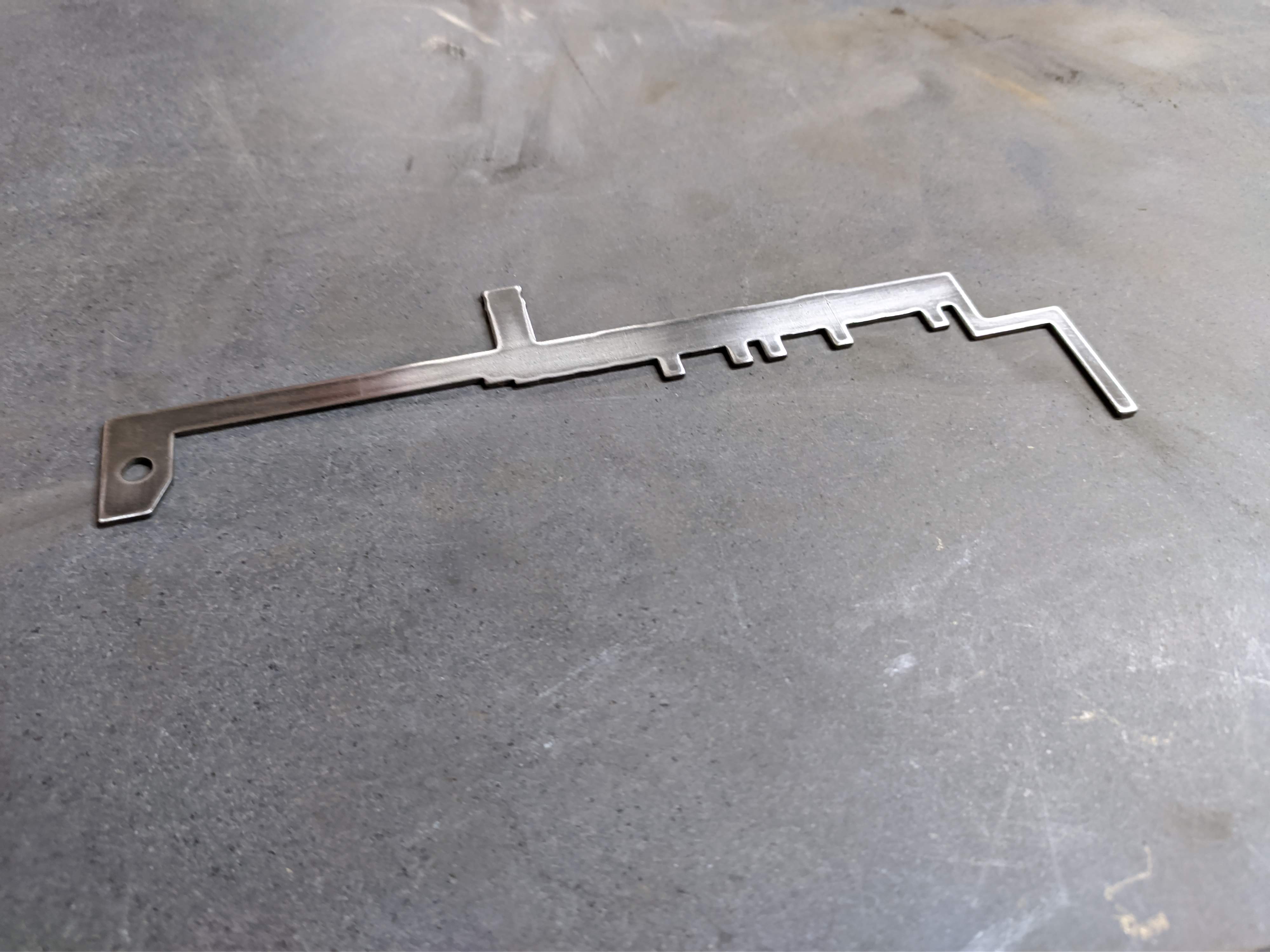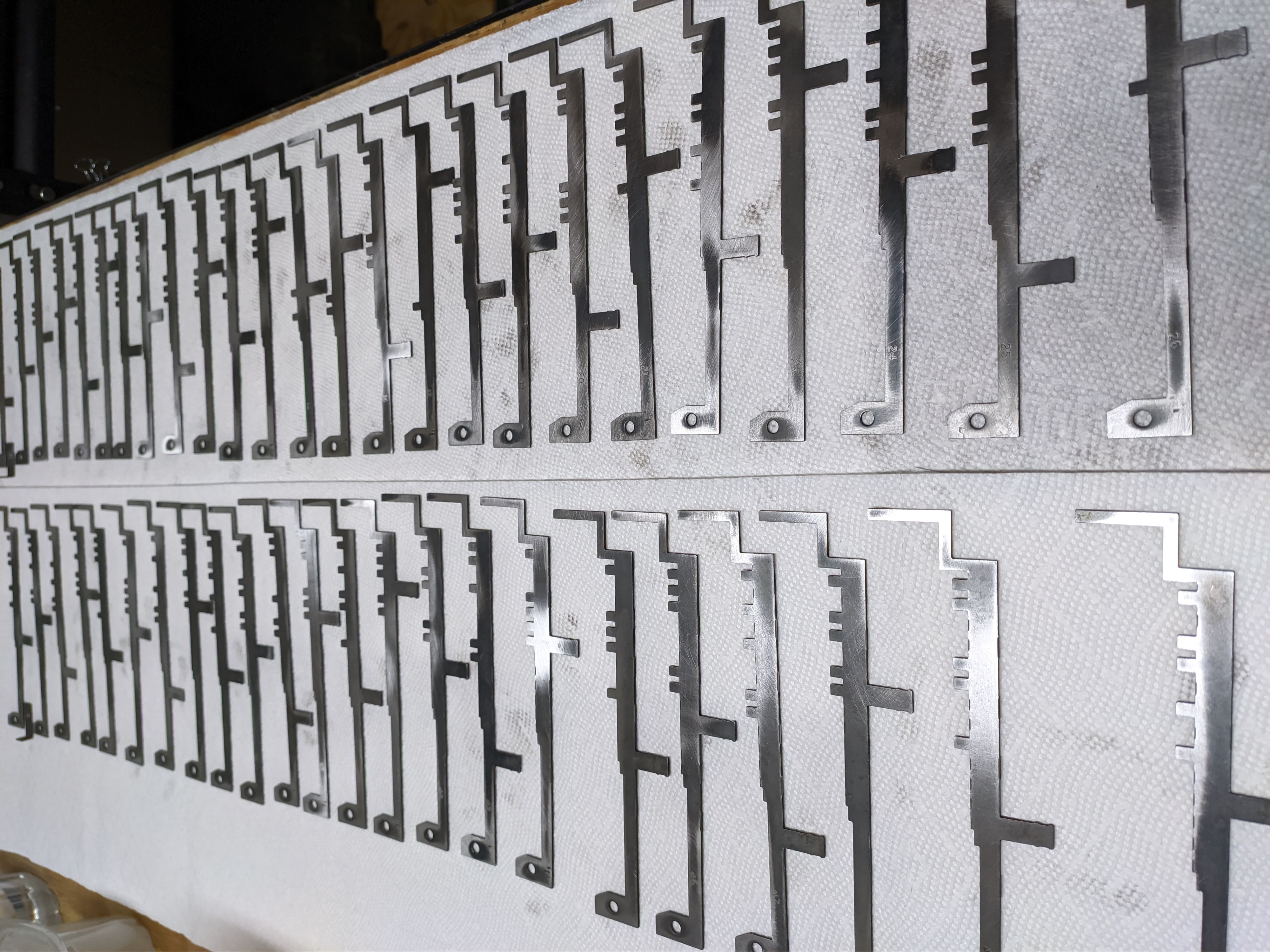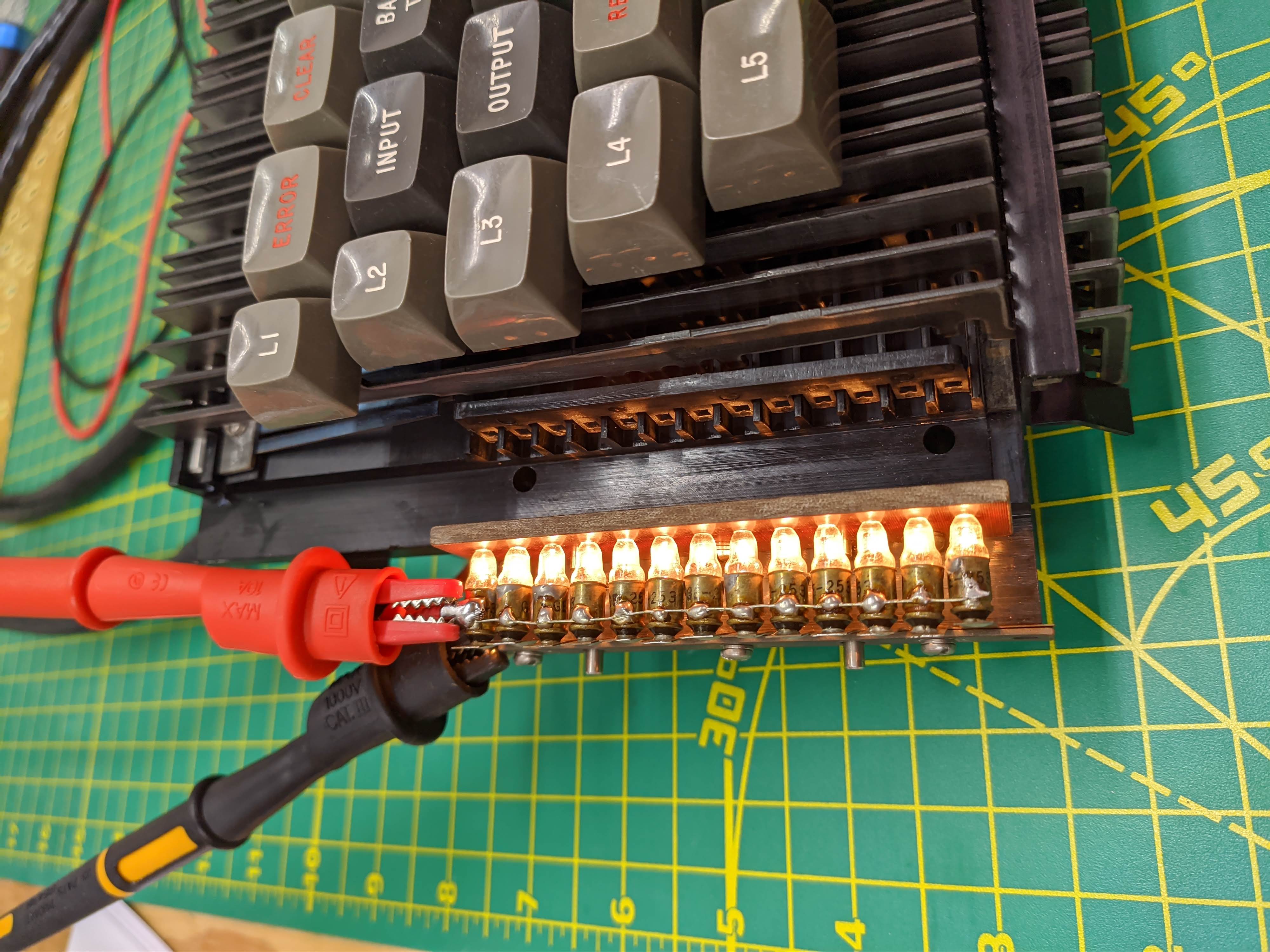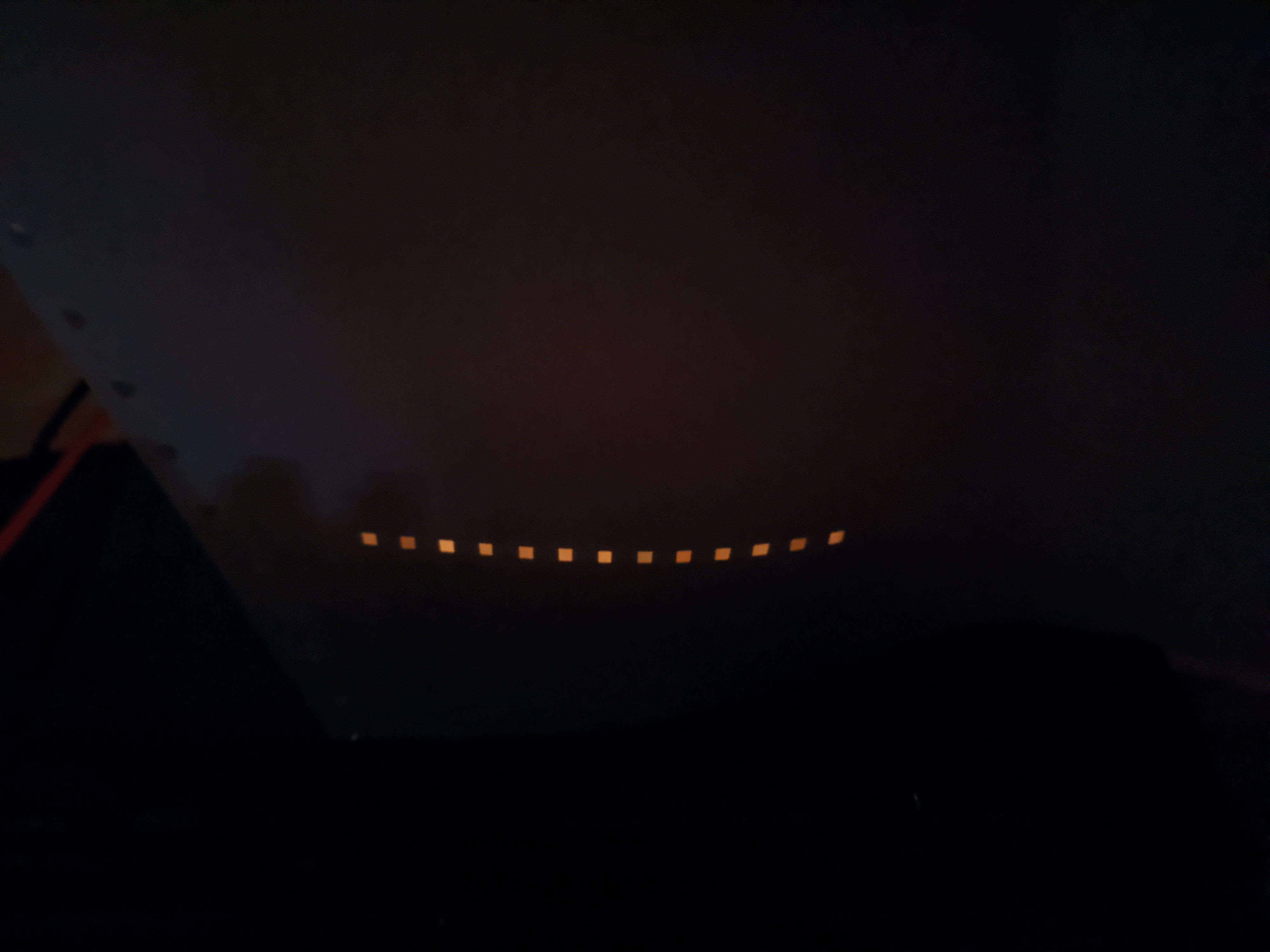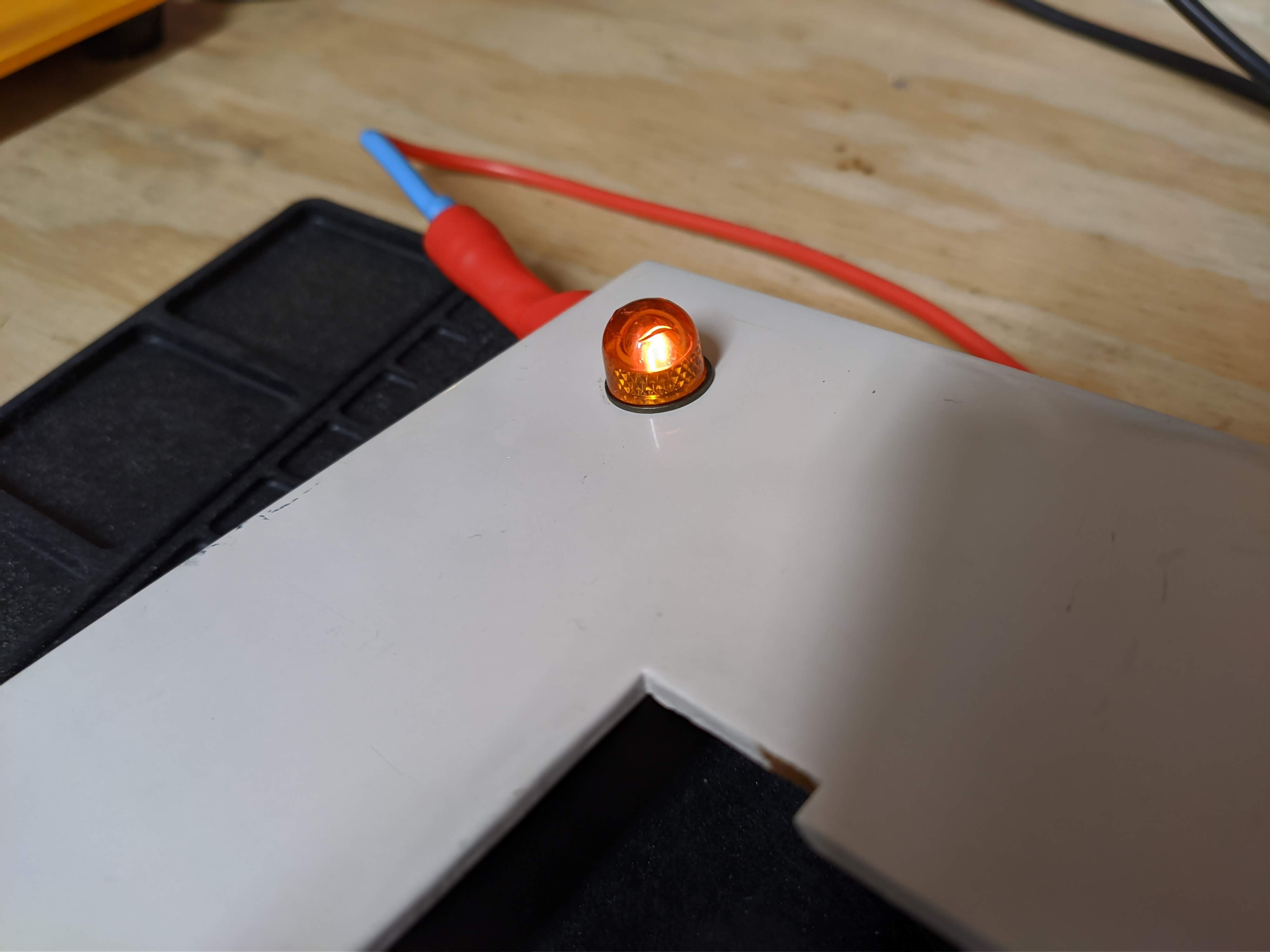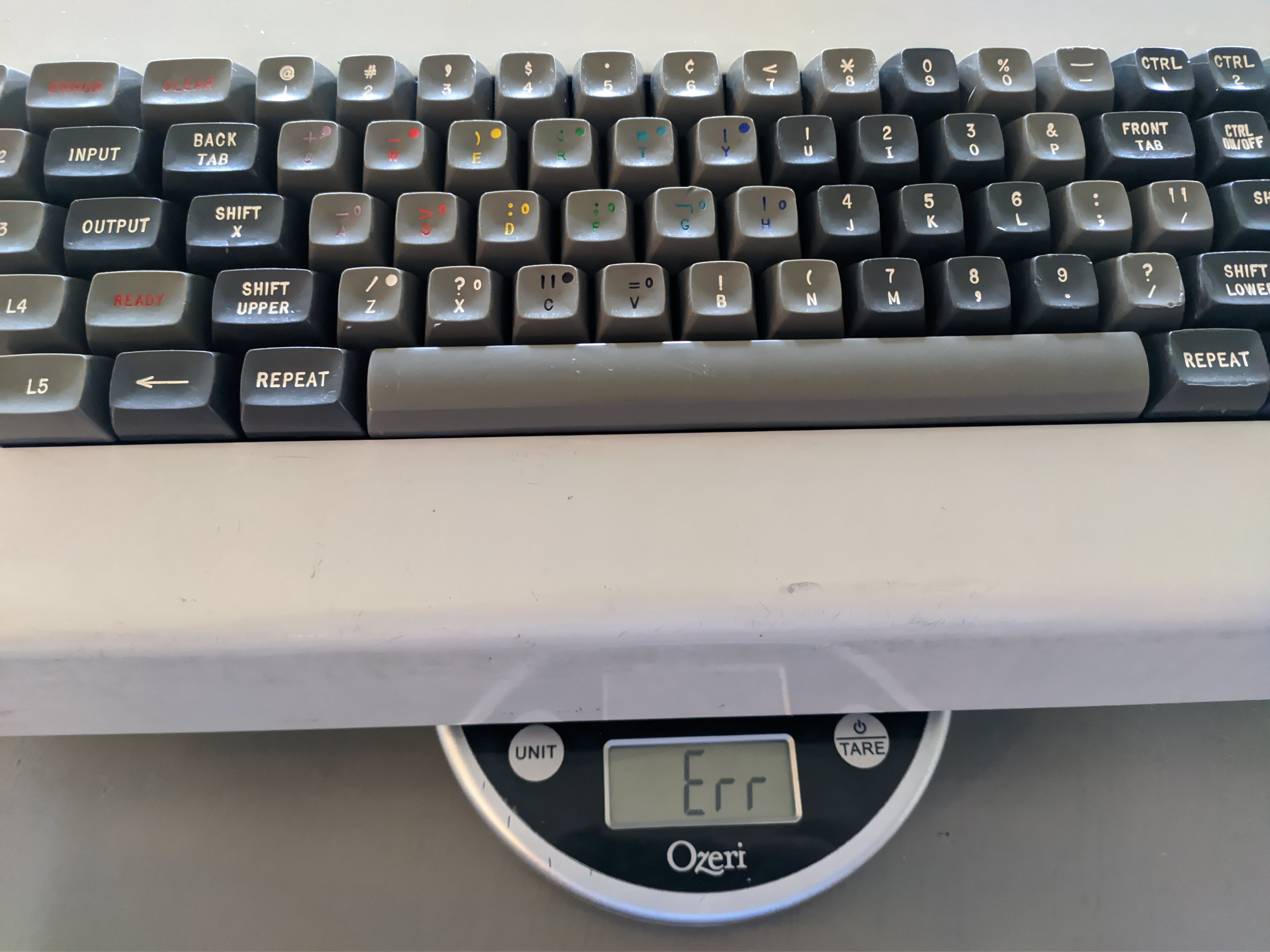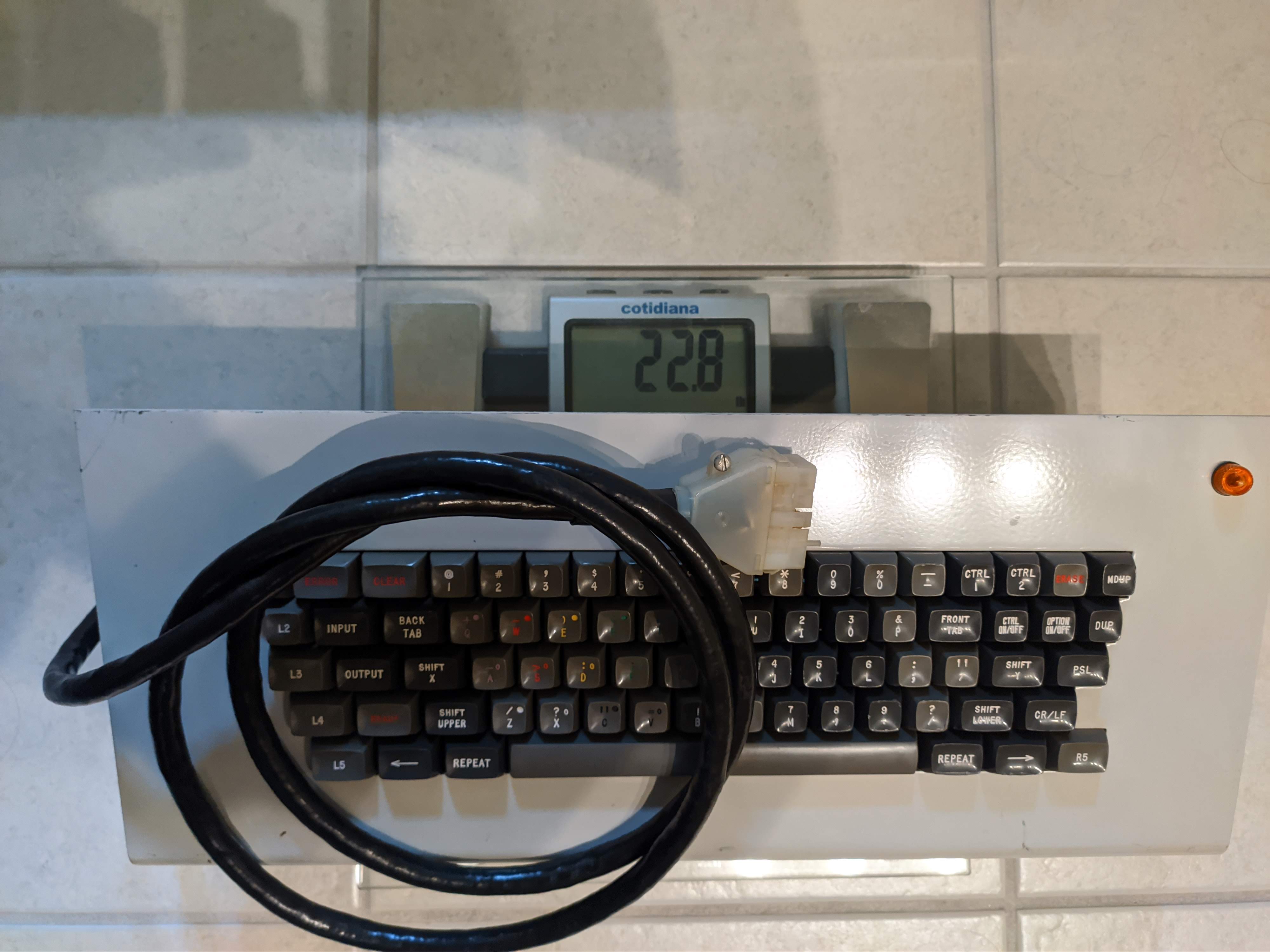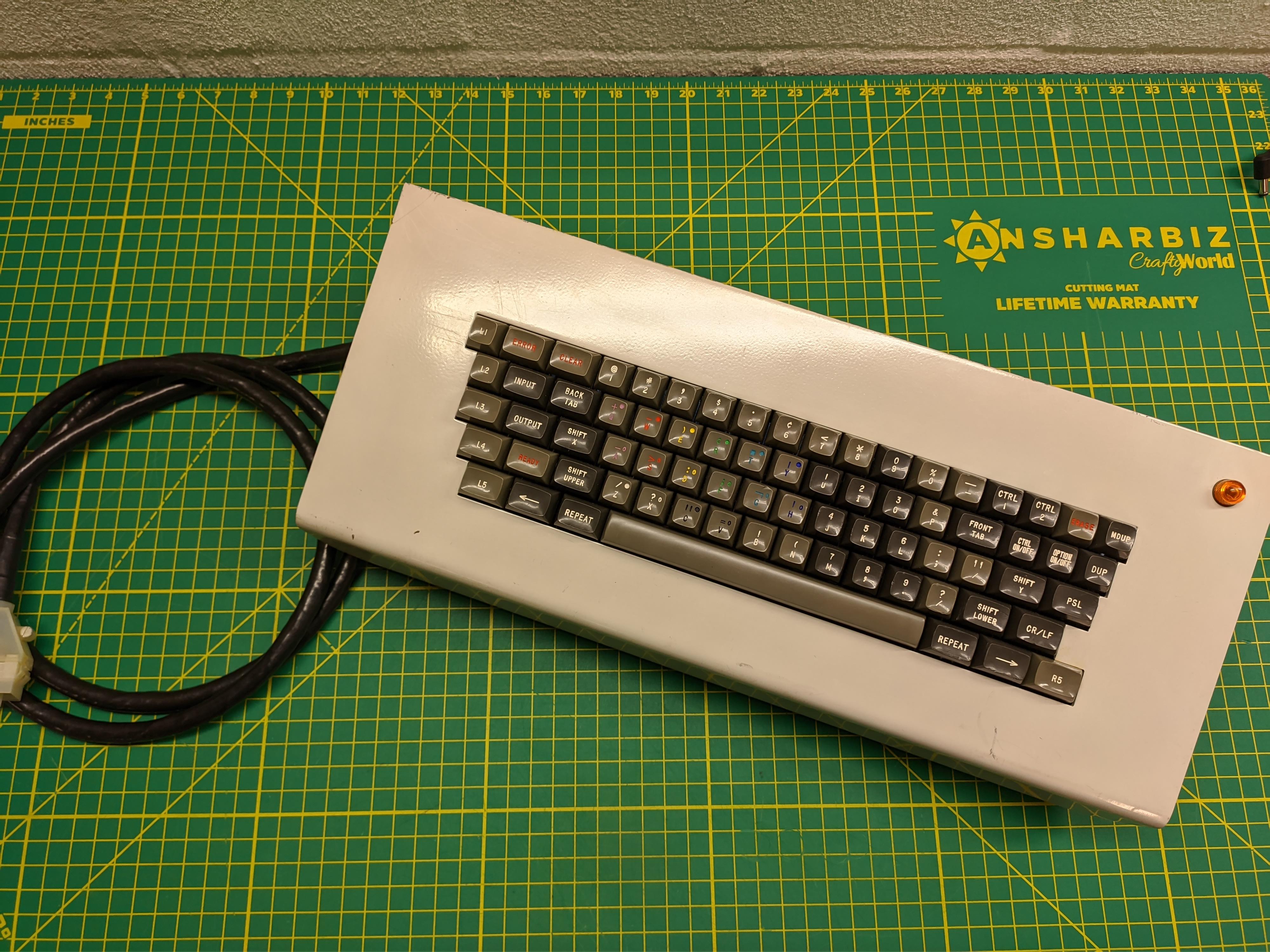20210724 Viatron - jsheradin/kb_adventures GitHub Wiki
The keyboard is enormously heavy at 22.8 lbs. The internal construction has more in common with a typewriter than a keyboard. Each key is on an individual lever that runs the whole depth of the board. Each lever has a finger that pushes a flexible metal leaf off of a magnetic bar which provides the tactile event. Since all of the levers are the same length with the same diaphragm spring, the force and travel distance of the keys varies based on the row. The top row is very stiff and barely moves while the bottom row has large stroke and feather weight.
Along the massive aluminum extrusion at the heart of the board there's a series of channels through which beams of light are shot. On the bottom of each of the keys is a set of protrusions that interrupt a unique set of light channels. Output from the photo-transistors on the opposite side of the light bulbs can therefore determine which key is pressed. The main drawback with this encoding scheme is that the board is fundementally 1KRO apart from some modifier keys. This technique could potentially be expanded to NKRO but would require far more channels than this board has.
The manual is a bit vague but it seems to spec the photo-transistors run at -14V. There should be no reason they can't run at a lower, positive voltage though. 14Vdc seems about the right brightness for the indicator light. The optical sensor bulbs are powered directly off of an internal mains voltage transformer. With mains voltage being pumped in, the bulbs run at just a few volts but relatively high current. The amount of light reaching the other side is surprisingly low but it's presumably enough to trip the photo-transistors.
Everything should be ready to go on this board if I ever find other parts of the Viatron system or end up making a converter box. I've sourced the mating connector for the cable which is apparently common in pinball machines of the era. My motivation on making a converter was somewhat stunted by the 1KRO realization and wasn't helped by some declassified reports I stumbled upon from the CIA. Back in the day, the CIA was evaluating the usefulness of a computer system for some REDACTED data handling. Apparently it was frustratingly slow even when brand new.
